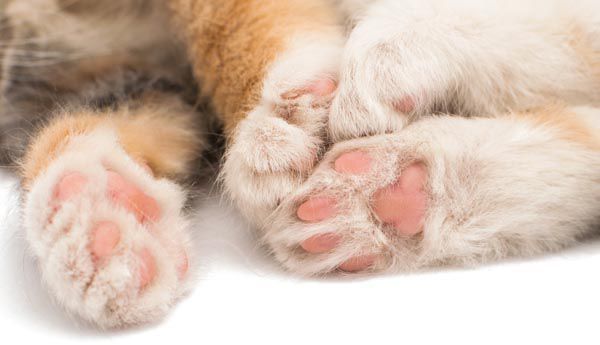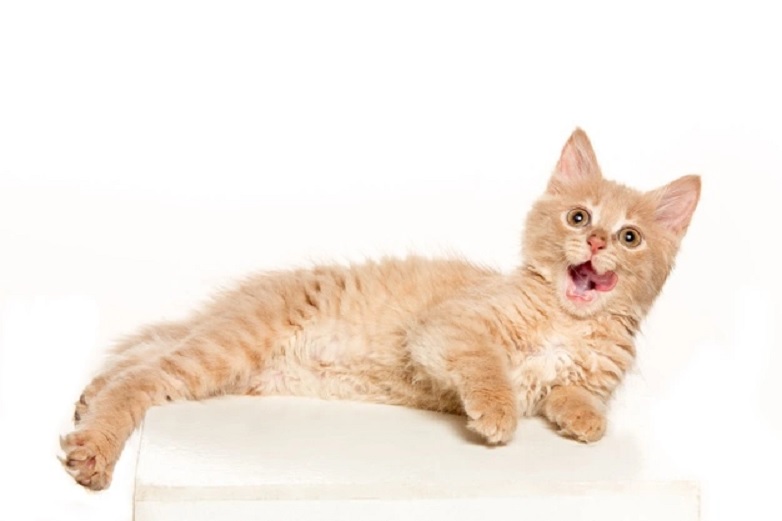Your cat’s paws are one of the first places you should look if they have a fever. If your pet has been lethargic or not eating, it may be time to take them to the vet for treatment. This is an important sign that something is wrong with their body and needs immediate attention. One common cause of fever in cats is infection or inflammation in their paws.
If you notice your cat’s paws are hot, there could be a few different reasons for this. One of the first things to look at is if they’re overheating because their fur coat isn’t properly groomed or they’ve been outside in the sun too long. If that doesn’t seem like it’s the problem, then take them to see a vet find out what might be going on.
Table of Contents
Are cats’ paws supposed to be warm or cold?
The correct answer is that cats’ paws are usually warm to touch, but as with humans, the temperature varies throughout the day as well as from cat to cat. Also depending on factors such as weather and overall fitness of each individual cat will have an effect on the temperature of their paws.
As a general rule though they should be around room temperature, or a little bit warmer. So if your cat’s paws feel abnormally hot to the touch, it could be a sign that something is wrong and you should take them to the vet.
Why are my cat’s paws hot?

Are they hot because of the weather? Or maybe it’s something more serious? The truth is that cats’ paws become hot for many reasons.
Cats’ body temperature is at approximately 38°C (101.4°F), which means their paws will also feel warm to the touch compared to a human’s palm (which has an average temperature of 33°C or 91.4° F). This is because cats generate heat internally to help them regulate their body temperature, and part of this process includes circulating the blood flow to their paws.
It could be as harmless as a temporary result of spending time outside or as serious as a symptom of an underlying illness. When your cat spends time outside in hot weather, her internal thermostat will kick into gear and cause an increase in blood flow to her paws as a way of releasing some of that excess heat. Knowing these signs can help you determine whether your cat needs to see her vet.
Is my kitten too warm?
Many cat owners wonder if their cats are too warm or too cold. The best way to answer this question is to feel your cat’s chest. If your cat’s chest feels hot to the touch, then she is likely too warm.
If your cat’s chest feels cool to the touch, she is likely too cold. You can also look to see if your cat is panting or breathing from her mouth. If she is, then the inside of her mouth likely feels cool to the touch. This means that she’s too cold.
It’s worth noting that kittens often have a hard time regulating their body temperature until they’re at least six months old, so you may find during this time that your kitten feels too warm or too cold more often than adult cats.
If you’re not sure whether your cat is too warm or too cold, it’s always best to check with your veterinarian.
How can you tell a cat has a fever?
One of the easiest ways to tell if a cat has a fever is to feel its forehead. Normal body temperature for cats ranges from 100 to 102.5 degrees Fahrenheit, so if your cat’s forehead feels hotter than that, it may have a fever.
Other signs that your cat may have a fever include lethargy, lack of appetite, and vomiting. If you think your cat has a fever, it’s important to take it to the veterinarian for diagnosis and treatment.
Why are my cats’ paws sweaty?
There are several reasons why your cat’s paws might be sweaty. Sometimes, they will sweat because of excitement, but other times it is because there is something wrong with the animal. If you notice that your cat is experiencing this condition on a regular basis, then you should probably consult with a vet to see if there may be something wrong.
Cats’ paws are supposed to be warm, not cold. If your cat’s paw is hot and sweaty or they have a fever, it may be time for you to take them in for medical attention. It can also be an indication that something isn’t right with their food intake. To figure out what might be causing this problem, try checking on how often they eat and whether any changes were made recently such as switching up their diet from wet canned food only to dry kibble.
